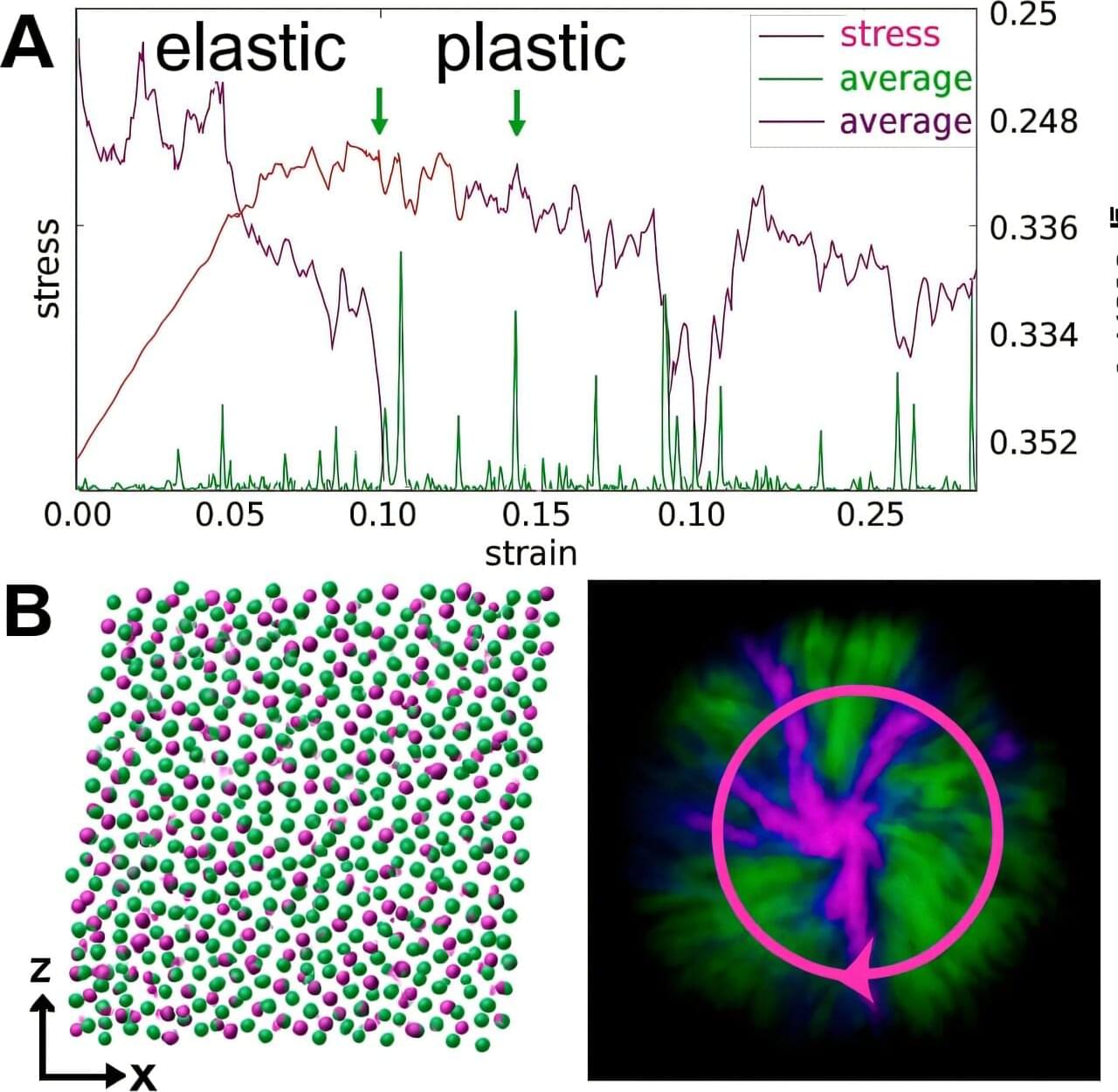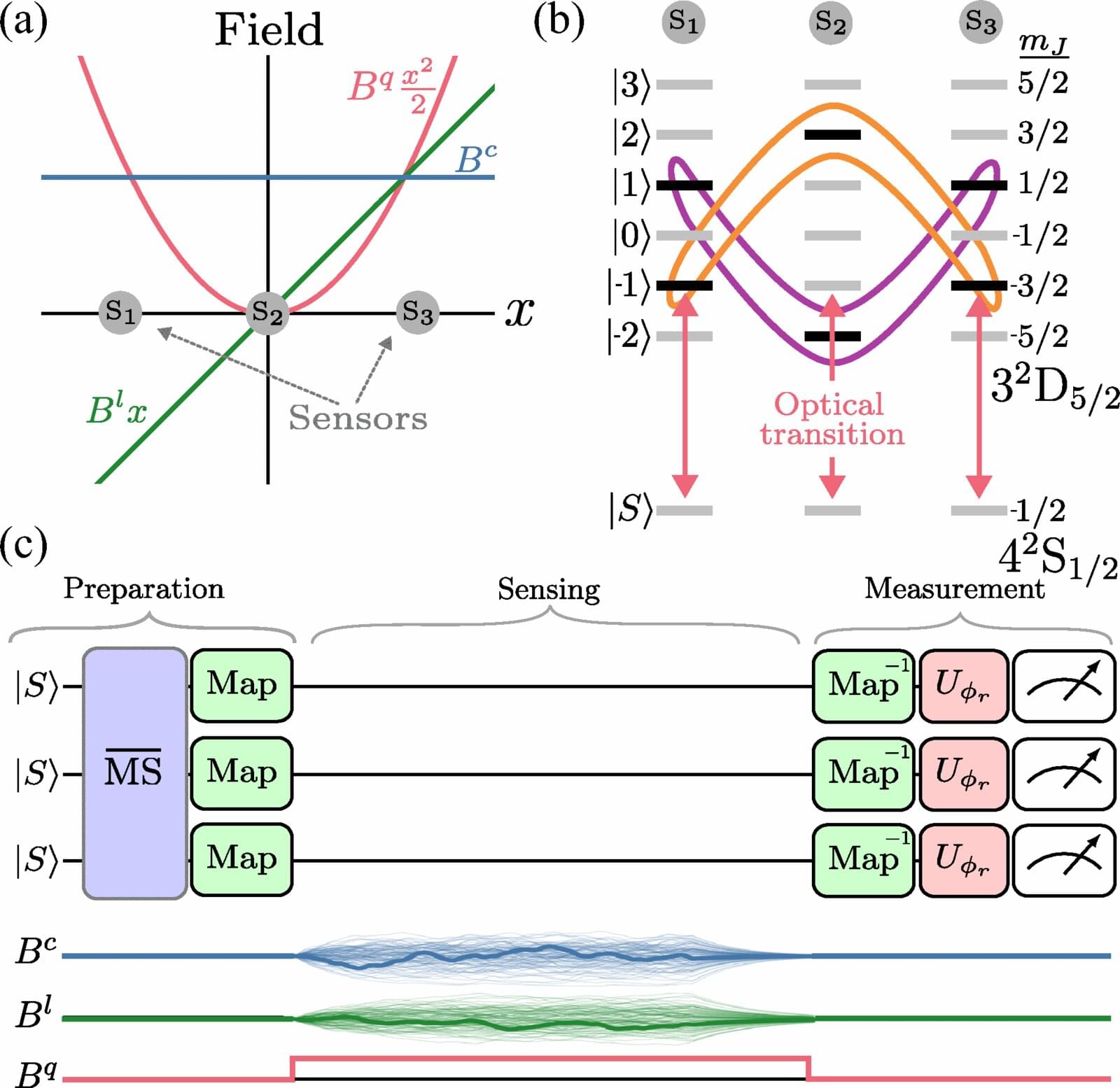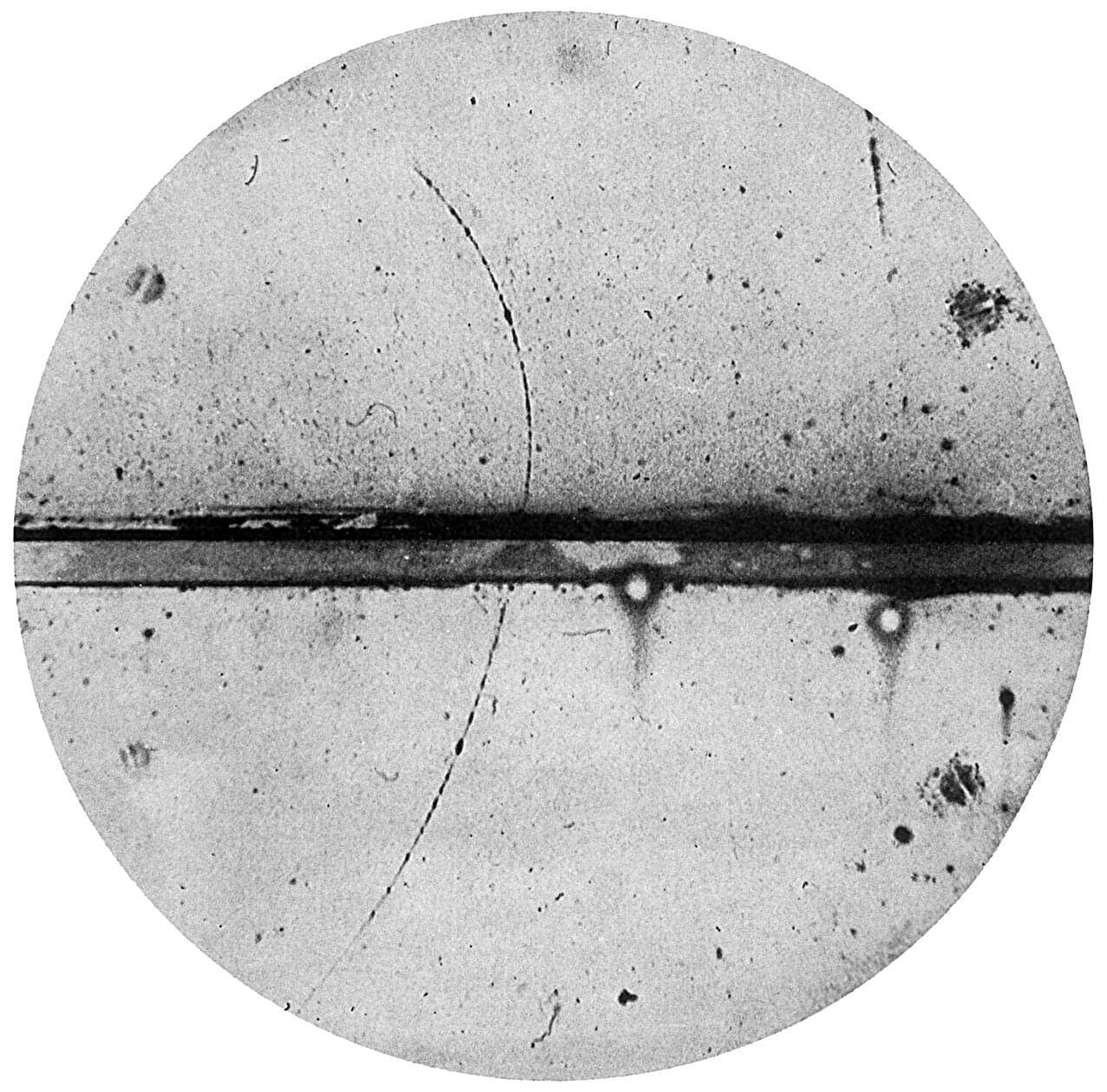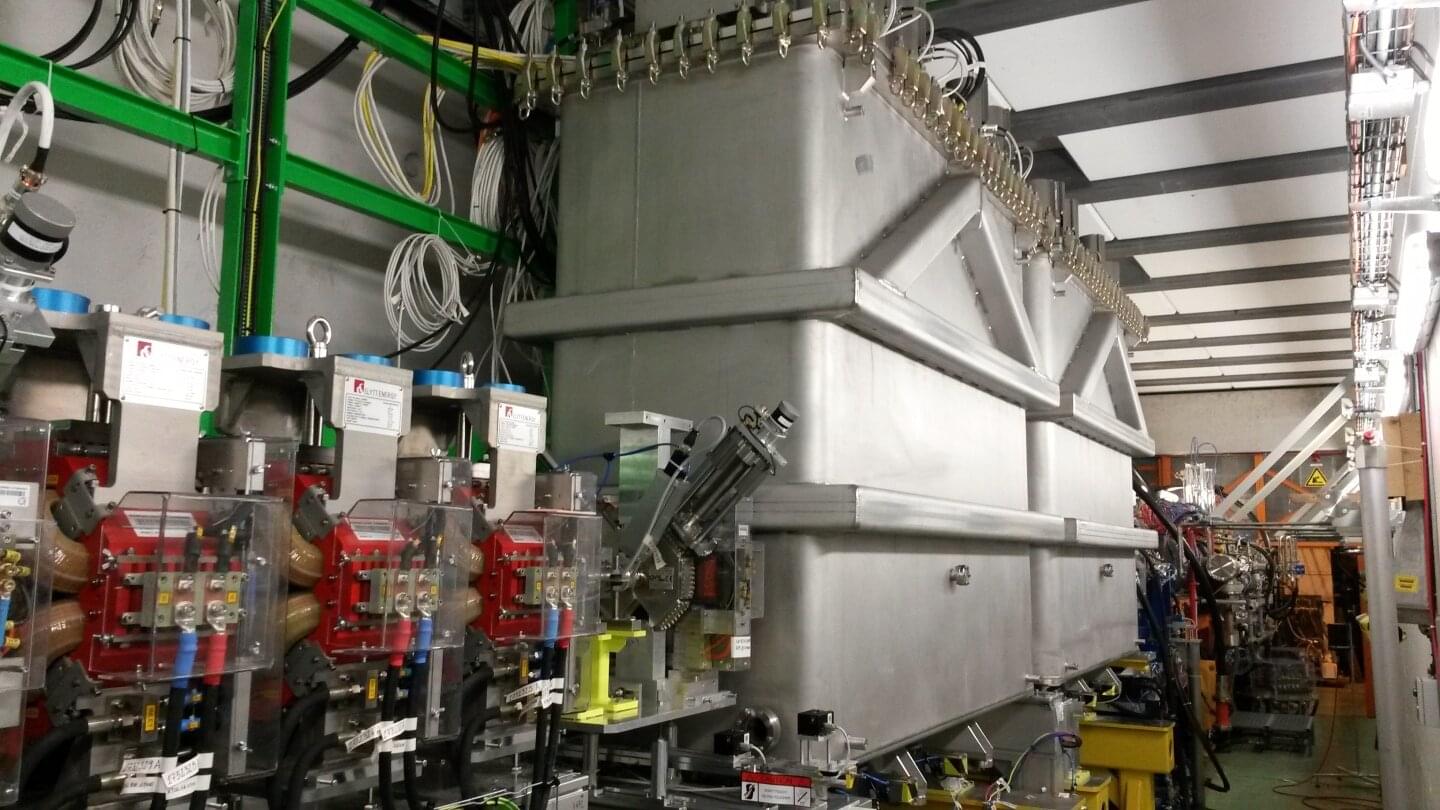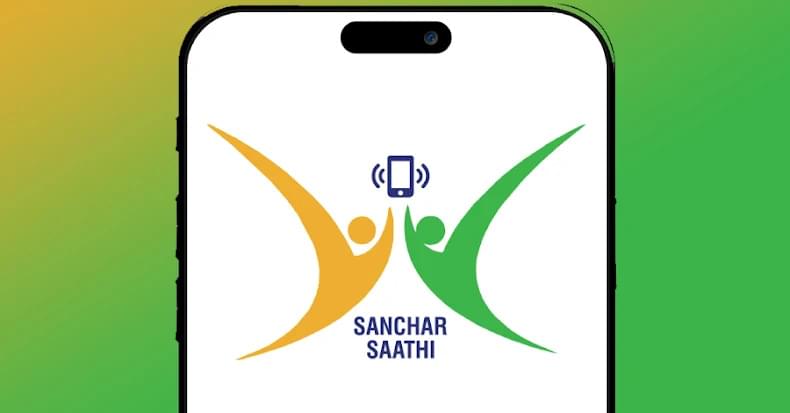For nearly a century, scientists have understood how crystalline materials—such as metals and semiconductors—bend without breaking. Their secret lies in tiny, line-like defects called dislocations, which move through an orderly atomic lattice and carry deformation with them.
At the heart of this theory is a geometric quantity known as the Burgers vector, experimentally observed for the first time in the 1950s, which precisely measures how much the lattice is distorted by a dislocation. This concept became one of the cornerstones of modern materials science.
Glasses, however, have always stood apart. From window glass and polymers to metallic glasses and many soft materials, glasses lack the regular atomic structure of crystals. Their particles are arranged randomly, frozen into disordered atomic configurations.
